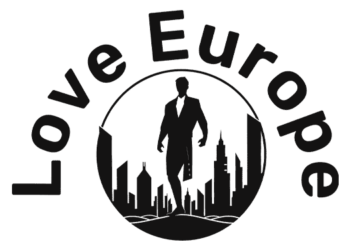In addition, it has grown its armed forces from being the ninth-biggest in Nato in 2014 to third today, doubling the number of personnel and tripling its spending in real terms to $35 billion. Out of its European allies, only Britain, France and Germany spend more.
Subscribe to The Week
Escape your echo chamber. Get the facts behind the news, plus analysis from multiple perspectives.
SUBSCRIBE & SAVE
Sign up for The Week’s Free Newsletters
From our morning news briefing to a weekly Good News Newsletter, get the best of The Week delivered directly to your inbox.
From our morning news briefing to a weekly Good News Newsletter, get the best of The Week delivered directly to your inbox.
Add in strong economic growth and “Poland is poised to become a key player in Europe”, said Alexandre Massaux on The Conversation.
How is Poland growing its military strength?
Since the introduction of the Homeland Defence Act in 2022, Warsaw has bought “hundreds” of tanks, howitzers and rocket systems, said The Economist. “Pride of place” was an estimated $60 billion worth of equipment bought from the US, including 96 helicopters and the revolutionary Integrated Battle Command System, which allows different types of radars, missile launchers and defence systems to work together.
Polish Prime Minister Donald Tusk aims to go further and is building an “East Shield” to protect its eastern border. Scheduled to be completed and operational by 2028, it features anti-tank fortifications and physical barriers to defend the frontier and control movement.
In addition, the country last year joined the European Sky Shield Initiative, a plan to create advanced air defence systems across the continent to deliver a united response against aggression. Tusk likened the project to Israel’s “Iron Dome” and said events in the Middle East had shown how “essential” such systems were, said The Telegraph.
Military personnel numbers have also grown since Russia’s annexation of Crimea in 2014, especially in the last few years. From around 99,000 a decade ago, they hit 116,200 in 2020 before jumping to an estimated 216,000 today. The only countries ahead of them in numbers are the US and Turkey, said the independent Notes from Poland.
What is driving Poland’s military growth?
There is one clear reason, said The Parliament: “Russia’s unprovoked invasion of neighbouring Ukraine in February 2022.”
Poland shares a border with both Belarus, a close Russian ally, and the Russian enclave of Kaliningrad, leaving it potentially vulnerable. A month after Moscow launched its attack, the Polish government passed the Homeland Defence Act expanding its armed forces.
“Poland must have armed forces adequate to the situation we are facing today – forces that will be able to repel an attack and that will be strong enough to prevent an attack,” said the then deputy prime minister Jarosław Kaczyński.
Warsaw’s relationship with the US has also played a key part, said Politico. Politicians “hope” that their military spending spree will make an impression on Donald Trump, who has frequently called for greater defence spending from Nato. “It’s kind of an insurance policy,” Defence Minister Władysław Kosiniak-Kamysz told the site.
In addition, said the Chatham House think tank, Poland – “much like the rest of Europe” – is having to prepare for the possibility that Chinese action in the Indo-Pacific region could see the US downsize its presence in Europe.
If that were to happen, Europe could find itself with a leadership vacuum that may cause France and Germany to look towards creating a separate European army, said The Jamestown Foundation. That could lead to Warsaw deciding it needs to create its own coalition with its neighbours – a “mini ‘NATO of the willing'” with a European country, not the US, at its head.
Source link : http://www.bing.com/news/apiclick.aspx?ref=FexRss&aid=&tid=67b867f44fda413380ba3b2e098cc4b2&url=https%3A%2F%2Ftheweek.com%2Fworld-news%2Fhow-poland-became-europes-military-power&c=10300828003968842571&mkt=en-us
Author :
Publish date : 2025-02-21 02:27:00
Copyright for syndicated content belongs to the linked Source.


